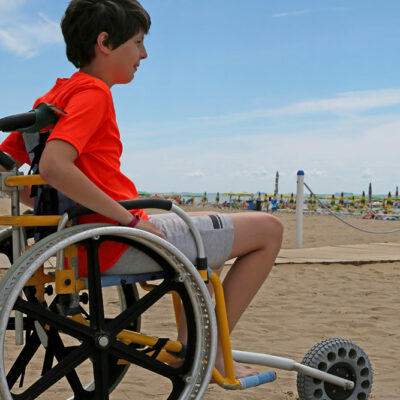
health
5 stages of Huntington’s disease
Huntington’s disease is a rare and inherited health disorder that causes the brain’s nerve cells to progressively break down over time. As the cells degenerate, a person’s functional abilities start to decline. Additionally, their movements, cognitive ability, and mental health are also affected. It is similar to having ALS, Parkinson’s, and Alzheimer’s disease simultaneously. These symptoms develop gradually over the course of several years as the disease progresses through multiple stages. Causes of Huntington’s disease Huntington’s disease is a genetic health disorder. It results from a difference or mutation in a particular gene. This difference is generally inherited. Thus, Huntington’s disease runs in the family. Also, it is an autosomal dominant disorder. This implies that only one copy of the different gene is enough for a person to develop this disorder. Thus, a child has a 50% chance of inheriting the nontypical gene from a parent, who may pass along a healthy or nontypical copy of the gene. Therefore, if both parents have Huntington’s disease, there is a 100% chance that their child may have it, too. Progression of Huntington’s disease The atypical gene that causes Huntington’s disease is present in a person at birth. However, the symptoms do not start manifesting at that time.
Read More 








